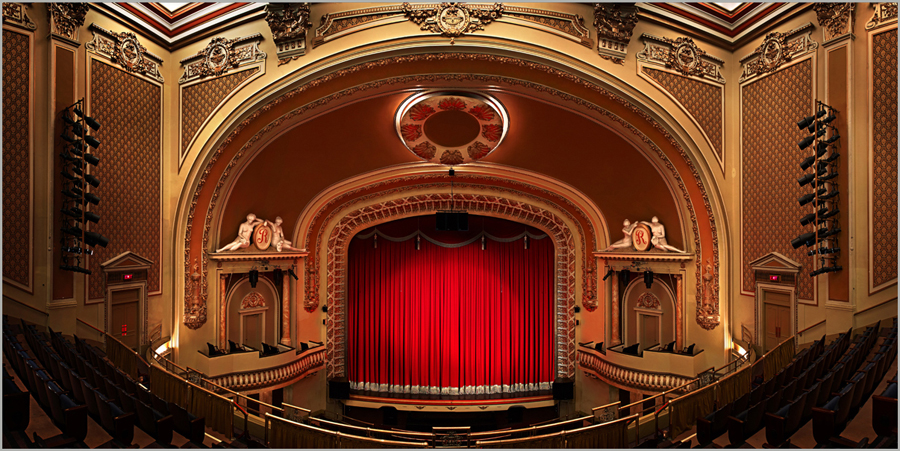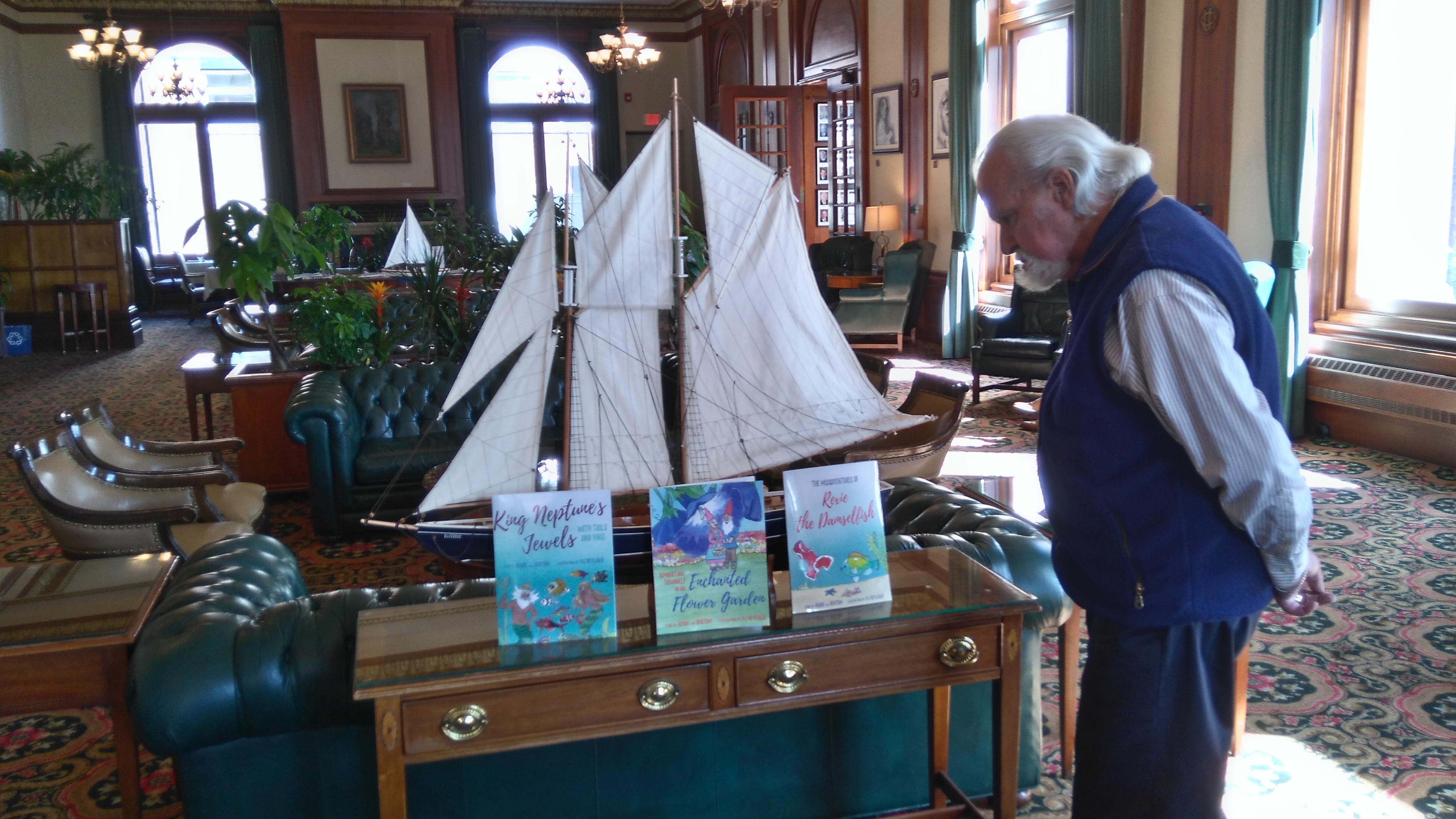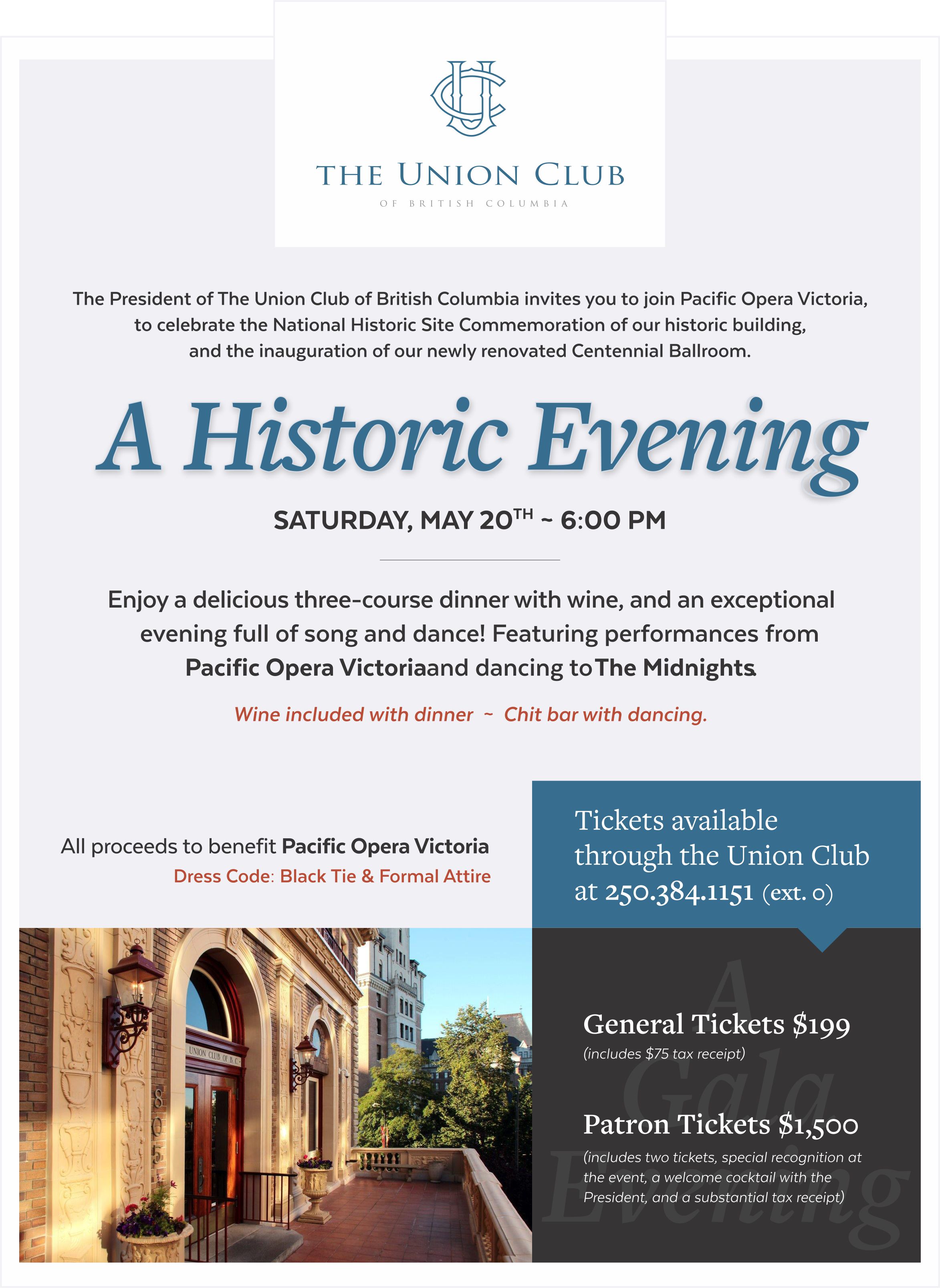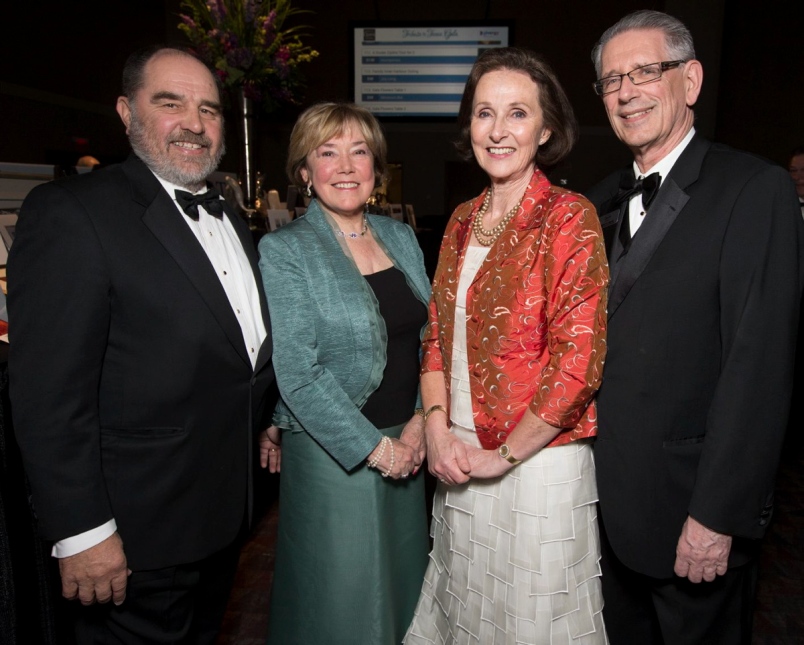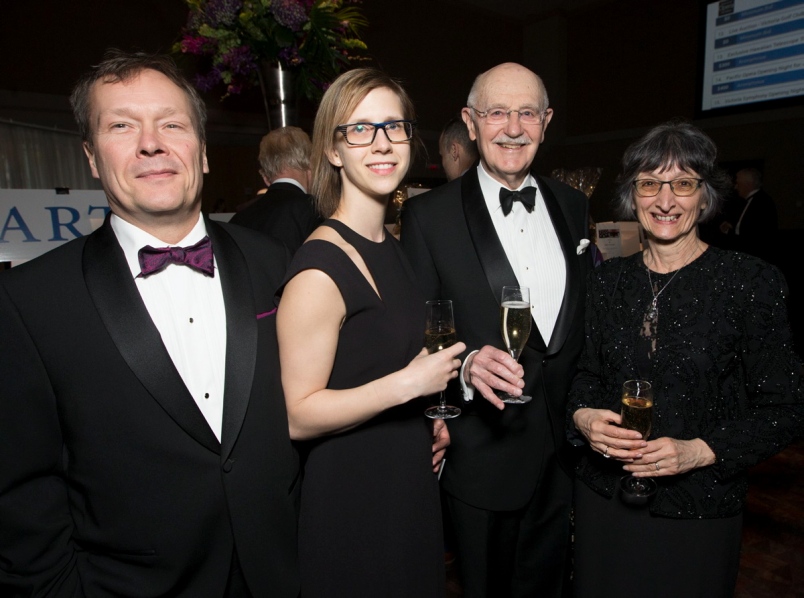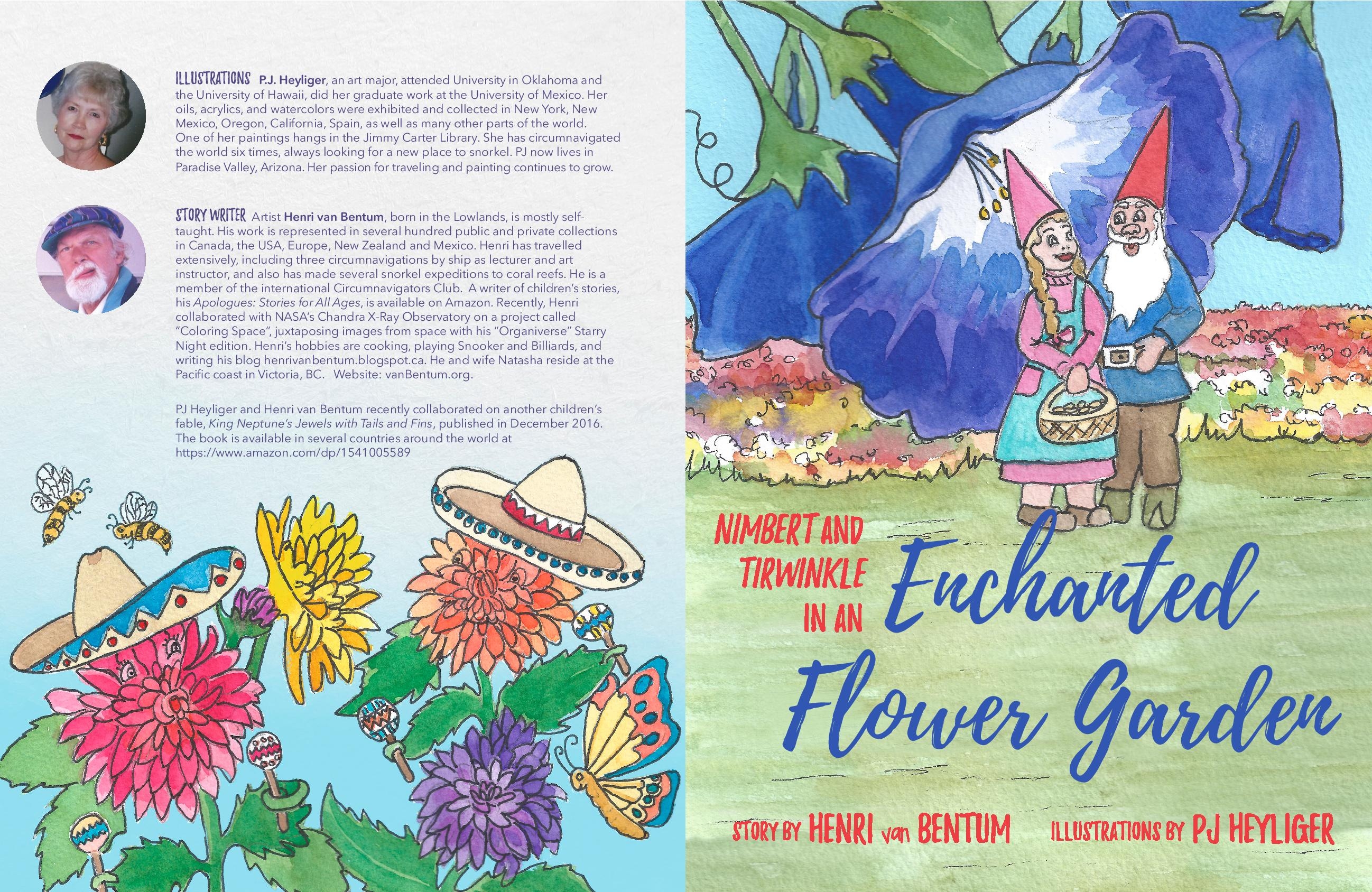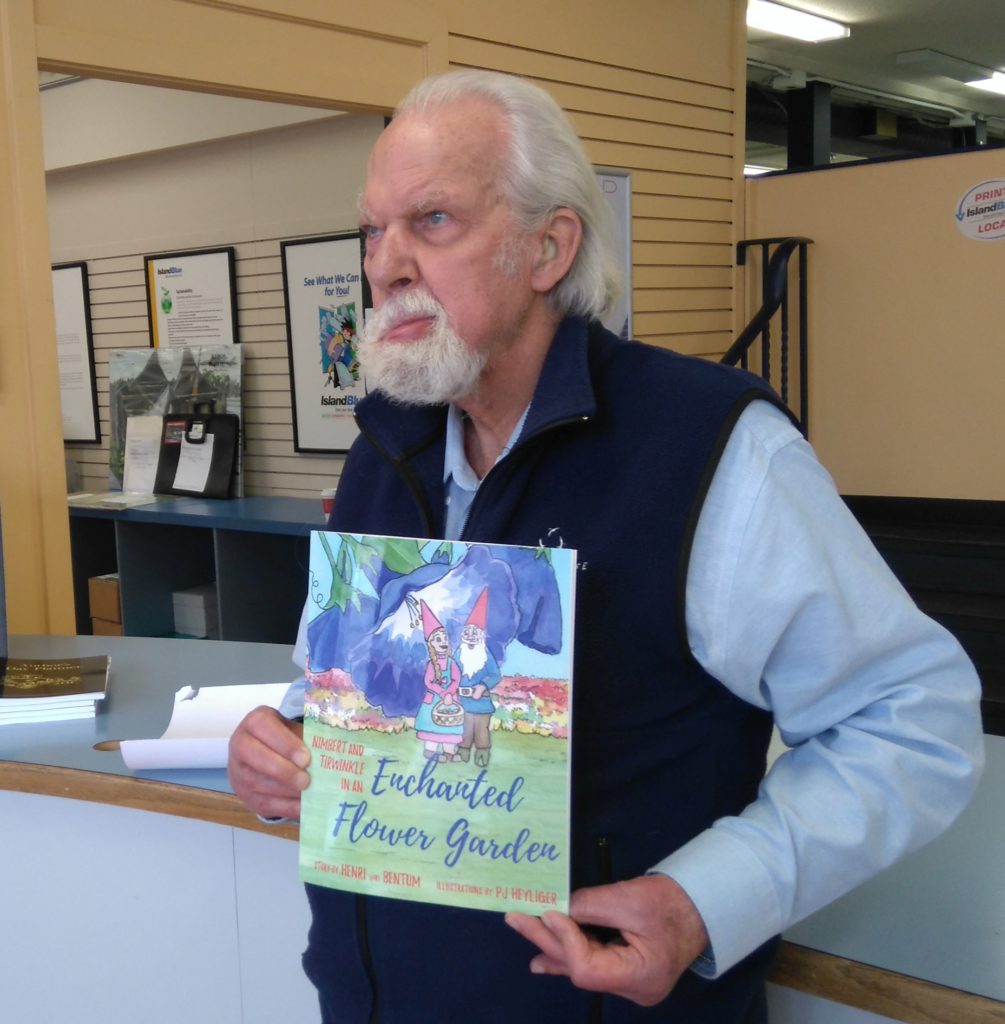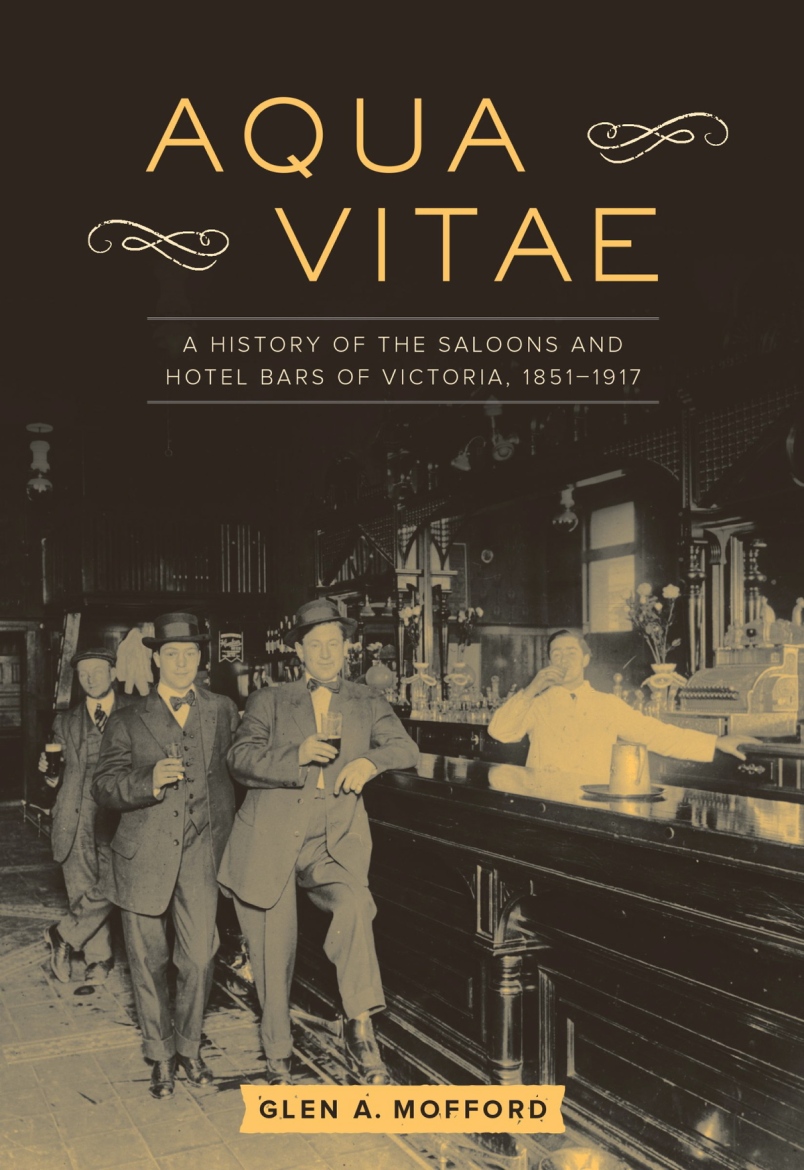
In 1851 (28 years before the founding of The Union Club of British Columbia), Victoria’s first saloon opened its doors, ushering in a heady era that saw hundreds of saloons and hotel bars dispensing alcohol to the city’s thirsty patrons 24 hours a day, seven days a week. In his new book, “Aqua Vitae”, Glen A. Mofford delves deep into the fascinating history of these establishments and transports the reader to the intoxicating — and often treacherous — atmosphere of our capital during the days of swinging doors, smoky bars and five-cent beers.
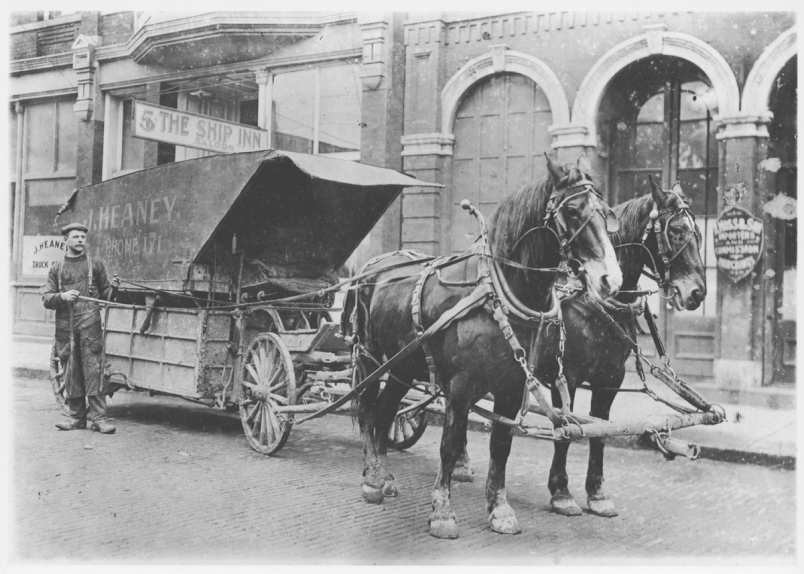
SHIP INN SALOON, 1851-62
James Stuart Yates was born in Linlithgow, Scotland, on Jan. 21, 1819. He signed on with the Hudson’s Bay Company as a ship’s carpenter in 1848; that same year, Yates married Mary Powell of Montgomeryshire. Two weeks later, they began their journey to Fort Victoria on the ship Harpooner.
Yates grew to dislike the strict discipline and heavy-handedness of the Hudson’s Bay Company, and after 18 months he escaped to the goldfields of California. Upon his return, Yates was charged with breach of contract and sentenced to six months in the northeast bastion of Fort Victoria, which was used as a makeshift jail. Yates served 30 days of his sentence, and upon his release was discharged from the Hudson’s Bay Company. He was granted independent status on Jan. 29, 1851. This suited the stubborn Yates, and he wasted little time in pursuing his business goals.
On June 9, 1851, Yates paid 50 pounds for each of two undeveloped waterfront lots, 201 and 202, on Wharf Street, northwest of the fort. There he built his home and the first privately owned saloon in Victoria, the Ship Inn. Unfortunately, there are no known surviving photographs or illustrations of his saloon, but the location was most likely 1252 Wharf St. at the southwest corner with what eventually was named Yates Street.
The Ship Inn Saloon did a tremendous business, with the only competition coming from the Hudson’s Bay Company store. For a few months, Yates enjoyed a monopoly on the retail liquor business before two other saloons opened. His main customers were seafarers, such as sealers, sailors and fishers, who came in to enjoy a five-cent mug of beer or a 121Ú2-cent shot of liquor.
From 1851 until the summer of 1853, the saloon business was unregulated and a licence was not required to sell spirits or beer. Two more saloons opened before Sir James Douglas, the chief factor of the colony, introduced a revenue bill that called for a licensing system for the wholesale and retail sale of alcohol. The annual fee for a retail licence was set at £120, while wholesale licences cost £100. The bill passed into law in July 1853 and resulted in the closure of the two saloons competing with the Ship Inn. Yates enjoyed a monopoly once more.
Profits from his liquor business allowed Yates to buy up town lots on Langley, Wharf and Yates streets, the last ultimately bearing his name. By 1860, James Yates was one of the wealthiest men in Victoria. That same year, Yates closed his saloon and reopened it a few doors to the south, at 1218 Wharf St., a newly completed stone and brick building that still exists.
The lower level was a warehouse for merchandise, primarily cases of liquor that were brought in directly off ships moored in Victoria Harbour. The bar in the Ship Inn was on street level. The new Ship Inn would last about a year before Yates closed it and returned to his native Scotland to see to his son’s education. The saloon was converted into an auction house by the new owners.
At least four Ship Inn Saloons operated in Greater Victoria between 1851 and 1869. James Yates owned the first two, followed by a Ship Inn Saloon in Esquimalt and another Ship Inn on Wharf Street just across from where Yates’s second saloon had been located. They all did extremely well, attracting a loyal customer base that allowed these establishments to prosper for years.

PONY SALOON, 1863-70
Of all the unsolved murder mysteries that occurred during these times, the most captivating and certainly the most disturbing occurred at the Pony Saloon some time between 1862 and 1870. The Pony Saloon, previously known as the Highland Mary Saloon (1862) was located at 1324 Government St. near Johnson Street, with Charles Hounslow as proprietor.
Pioneer Victoria was a rough place in the 1860s, and this was especially true along Johnson and Government streets, where most of the new saloons could be found. It proved to be especially rough at night. The saloons were full most evenings, especially when the sailors were in town on leave.
A good time was had by all — well, almost all — but it wasn’t long before the criminal element saw an opportunity to make some fast money. An unsuspecting sailor or gold miner, usually quite inebriated, provided an easy mark.
When alone in an alley, staggering to the next saloon, the innocent victim would be approached from behind and struck on the head with a heavy object, just hard enough to knock him out. He would wake with a sore head and find that his pockets had been picked and all his cash and usually his watch and other valuables stolen.
But one victim did not wake up the next day. His attackers accidentally applied too much force when cracking him over the head, and to their dismay, the victim died from the assault. The body was disposed of in a most unusual and undignified manner, and the incident was kept quiet for years.
The Pony Saloon saw a change in proprietors in 1865 when Hounslow sold to an American, Phillip Smith. Smith and his “red-headed woman friend” loved to entertain; she would sing and dance and Smith would host high-stakes poker games that would last well into the following day. The Pony Saloon fit in perfectly with the rowdy reputation of that area of town.
Smith ran the Pony Saloon for the next five years, selling to George Mason in December 1870. Mason changed the name of the saloon to the Omineca Saloon.
Meanwhile, Smith and his family moved to San Francisco in December 1870 aboard the Pelican. Smith was in very poor health, and once there he became violently insane. Was his condition brought on by tremendous guilt?
By the mid-1880s, most of the wooden buildings in town were being torn down and replaced with brick buildings. A bylaw was passed that banned building with wood over a certain height, so brick was the best alternative. The Omineca, the old Pony Saloon, was one of the establishments being renovated from wood to brick.
During the demolition, a worker was using a crowbar to pry up the floorboards in the back of the old saloon when he “let it fall with an exclamation of horror. His fellow workmen crowded about the spot as he raised a plank exposing to view a human skull with the upper jaw minus three teeth, and the lower jaw missing. The remainder of the planking was quickly torn up and more human remains were found.”
Work immediately came to a halt once the gruesome discovery was made. Doctor Trimble examined the remains and concluded that they were those of a “white man,” and he speculated that the jaw of this person had been split by violence. The victim was most likely murdered for his money.
This revelation didn’t come as a shock to some of the city’s older residents, who recalled that the saloon had a reputation for “horrible bacchanalian orgies in which dissolute men and women joined.” Many poor miners were robbed of their hard-earned cash and tumbled into the street penniless. But who had committed this ghastly murder? Was it Phil Smith? If he wasn’t the murderer, had he had a hand in hiding the body in the back room of his saloon?
Or was it one of the Pony Saloon’s regular patrons who had needed some quick money to remain at the gambling table? It was later revealed that a regular gambler at the saloon had left suddenly in 1863 accompanied by the red-haired lady, and the pair had never been seen again. Could they have had something to do with the murder?
An inquest into the death of the victim resulted in more questions than answers, and the case remains unsolved to this day, another cold-case mystery that took place on the rough edge of town.
Excerpted from: Aqua Vitae: A History of the Saloons and Hotel Bars of Victoria, 1851-1917, TouchWood Editions ©2016 Glen A. Mofford





